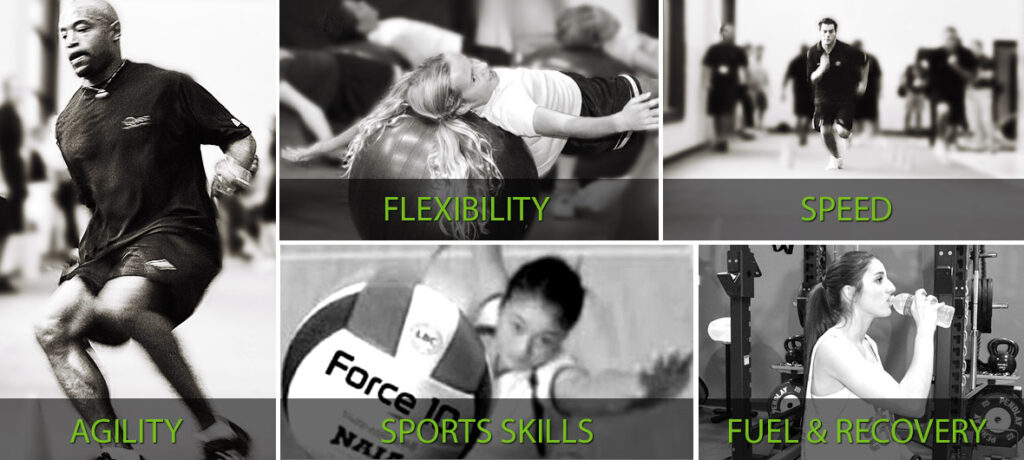Even in a world where kids are specializing in a sport at the age of 7, there are still a few athletes who compete year-round in a variety of sports. This article is aimed at the multi-sport athlete, primarily in high school.
Playing multiple sports is a great way to become a well-rounded athlete. But how do you fit in training when you’re playing a sport almost every season? It’s a tall task that many multi-sport athletes fail.
Here are three essential tips that will help you get the most out of your training when you’re playing multiple sports.
Train during the summer or offseason
If you play three sports, you should have one season where you aren’t fully committed to a sport and can focus on strength training. For most athletes, this is summer, but it varies depending on the sports you play.
Athletes need to take this time to get stronger. Regardless of their sport, strength will improve speed, explosiveness and agility. And since these athletes deal with the demands of multiple sports, a whole-body balanced strategy is likely the best plan.
Lifting frequency for strength development should be two or three times per week. A study at the University of Queensland found that lifting three times a week was better at improving max Squat than lifting twice a week, although lifting two times a week did generate improvement. Weight load should generally stay heavy (upper limit close to 90%) for your primary lifts to improve strength, with speed and power training scattered in to improve speed.
What if I can’t do two training sessions during the week?
Considering the demands for sport training as the first priority, one weight training session per week may be enough.
A study at Lillehammer University in Norway monitored two groups of elite soccer players for the first 12 weeks of a competition season. Both groups had completed the same offseason strength program. However, in the competition season, one group completed one strength training session per week, while the other group completed one strength session every two weeks. The group that trained once a week retained strength, sprint and jump ability, while the other group only retained jumping ability.
Multi-sport athletes will need strength, sprinting and jumping abilities at some point, if not during all points during their competition year. A study at the University of Hawaii compared strength maintenance training frequency among 13-year-old baseball players and found that training once a week was just as effective as training twice a week for strength maintenance. These studies are important because Athlete Physics is constantly looking for the lowest dose for maximal effectiveness.
What type of sport training transfers to all sports?
The movements the athlete trains are important. A multi-sport athlete will be better off training the Squat than curling a dumbbell like Arnold Schwarzenegger. Many experts agree squatting is a critical piece for developing strength, speed, explosiveness, agility and injury prevention.
Due to the high-powered nature and triple extension (hip, knee and ankle) of the Olympic lifts, they too are important exercises for multi-sport athletes to train. Triple extension is used in sprinting, jumping, wrestling and swimming. The more force you can produce in triple extension, the more explosive you will be. Additionally, Olympic lifts improve the rubberband-like properties of muscles, which transfers elastic energy into explosiveness.
Assuming that multi-sport athletes need to run fast, spending time on sprint mechanics may also pay off with improvements in speed and injury prevention. Sprint mechanic drills aim to increase stride frequency, which is important for speed and running form, which important for injury prevention.
What role do Push-Ups, Rope Climbing, Bulgarian bags or kettlebells play in strength?
All of these methods of strength training are great and should be utilized. A study at Cal State Fullerton found that six weeks of kettlebell training was almost as good as a traditional strength training program in improving max Squat and Vertical Jump (the study used recreational fitness subjects).
Using body weight or kettlebell exercises probably helps a beginner athlete more than an advanced athlete. In the case of an athlete who can barely walk and chew gum at the same time, sport training and body weight training may be almost as good as a well-designed weight training program.
Furthermore, these training methods have the benefit of flexibility. They can easily be used at the end of a practice session and on off days from the weight room. In my opinion, the exercises are great supplemental work for a focused weight training program, but should not be the primary focus of a program.
BY: Nic Shea
